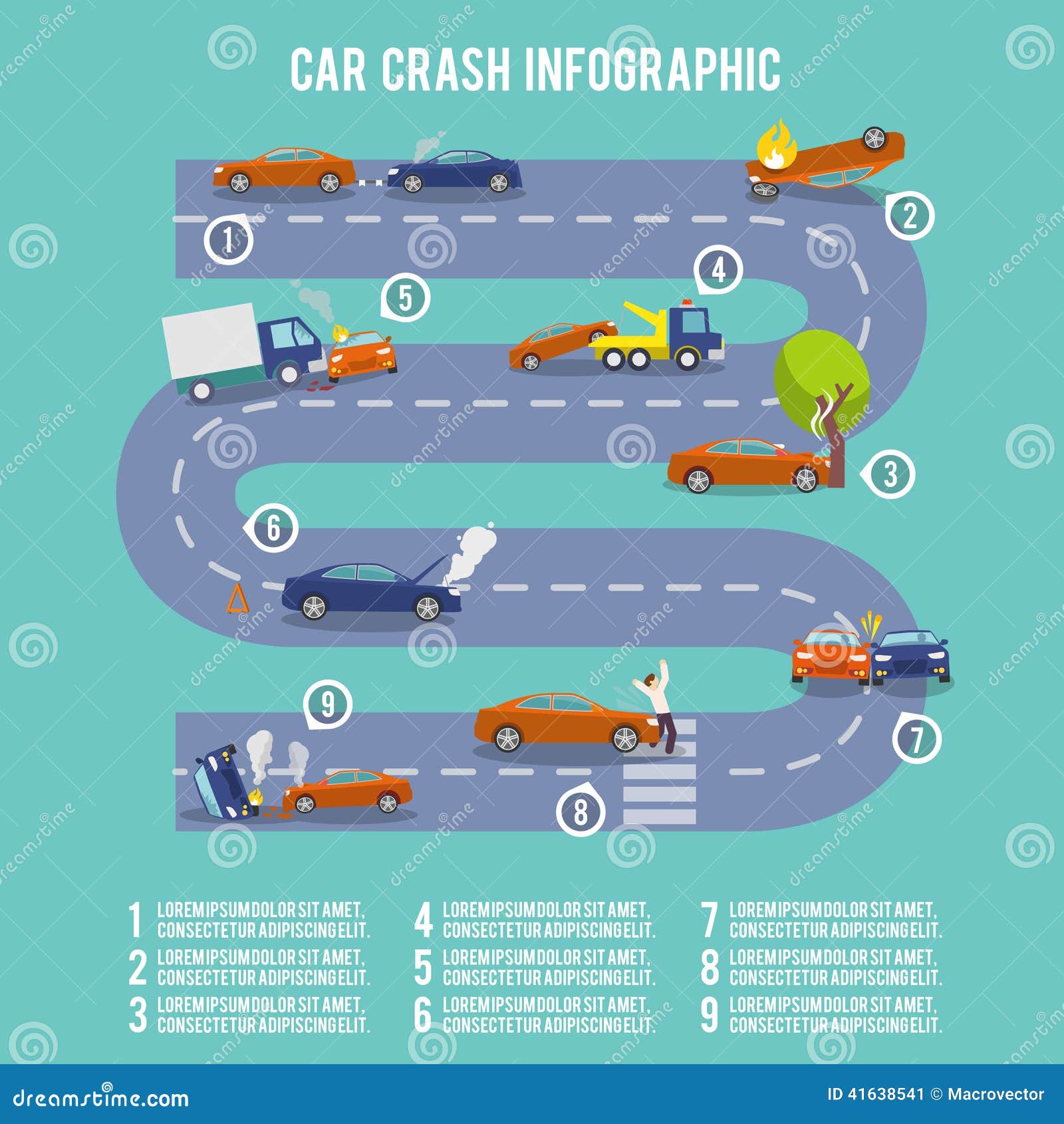Interested In Recognizing The Caution Lights On Your Auto'S Control Panel? Discover Their Value For Your Car'S Safety And Security And General Condition
Interested In Recognizing The Caution Lights On Your Auto'S Control Panel? Discover Their Value For Your Car'S Safety And Security And General Condition
Blog Article
Short Article Produced By-Samuelsen Corbett
When you lag the wheel, those glowing caution lights on your control panel can be a little bit bewildering. Do you understand what they're attempting to inform you regarding your cars and truck's health? Understanding the relevance of these lights is important for your security and the long life of your lorry. So, the next time one of those lights appears, would not you want to decipher its message properly and take the required actions to resolve it?
Common Warning Lights and Interpretations
Determine common warning lights in your auto and understand their definitions to make sure risk-free driving.
One of the most normal caution lights consist of the check engine light, which indicates problems with the engine or exhausts system. If this light comes on, it's vital to have your vehicle examined without delay.
The oil pressure alerting light shows low oil stress, needing immediate focus to avoid engine damages.
A blinking battery light may suggest a damaged charging system, potentially leaving you stranded if not resolved.
The tire stress surveillance system (TPMS) light alerts you to low tire stress, impacting automobile security and gas performance. Overlooking this could bring about harmful driving problems.
The abdominal muscle light indicates an issue with the anti-lock braking system, jeopardizing your capability to quit rapidly in emergency situations.
Lastly, the coolant temperature advising light warns of engine overheating, which can result in severe damages if not dealt with swiftly.
Understanding these usual warning lights will help you address concerns without delay and maintain risk-free driving problems.
Significance of Prompt Interest
Understanding the typical caution lights in your car is just the first step; the value of promptly addressing these warnings can't be emphasized sufficient to guarantee your security when driving.
When a warning light illuminates on your dashboard, it's your cars and truck's means of interacting a prospective problem that needs attention. Overlooking these cautions can lead to a lot more serious problems later on, compromising your safety and possibly costing you more out of commission.
Motivate focus to cautioning lights can protect against break downs and crashes. For example, a blinking check engine light might suggest a misfire that, if left ignored, could cause damages to the catalytic converter. Resolving this promptly can save you from a costly fixing.
In a similar way, a brake system warning light could signal reduced brake liquid or worn brake pads, critical elements for your safety and security when driving.
Do It Yourself Troubleshooting Tips
If you notice a caution light on your dashboard, there are a couple of do it yourself repairing pointers you can attempt prior to seeking specialist aid.
The initial step is to consult your car's manual to understand what the details warning light suggests. In some cases the concern can be as easy as a loosened gas cap causing the check engine light. Tightening https://milosmhbv.blogsvila.com/32245454/just-how-to-pick-the-right-automobile-describing-solution-for-your-demands might fix the trouble.
One more common issue is a reduced battery, which can cause different cautioning lights. Examining the battery links for corrosion and guaranteeing they're safe could deal with the trouble.
If a warning light lingers, you can attempt resetting it by detaching the vehicle's battery for a few mins and then reconnecting it. Additionally, inspecting your vehicle's fluid degrees, such as oil, coolant, and brake fluid, can aid troubleshoot warning lights associated with these systems.
Conclusion
Finally, comprehending your vehicle's warning lights is essential for keeping your vehicle running efficiently and safely. By promptly dealing with please click the up coming post and knowing what they indicate, you can prevent expensive fixings and prospective failures.
Bear in mind to consult your auto's manual for specific information on each advising light and take action as necessary to make certain a hassle-free driving experience.
Stay notified, stay risk-free when traveling!
